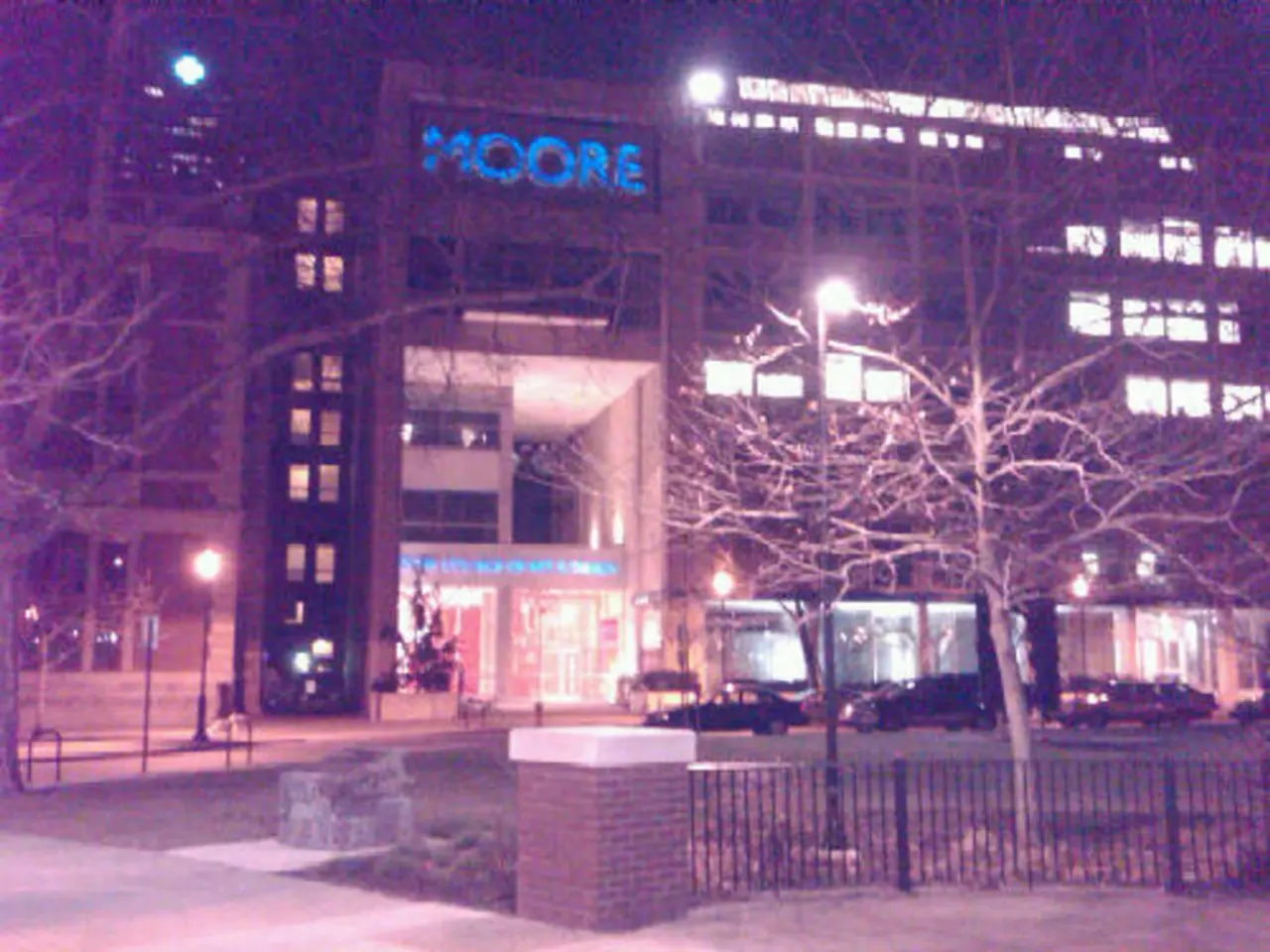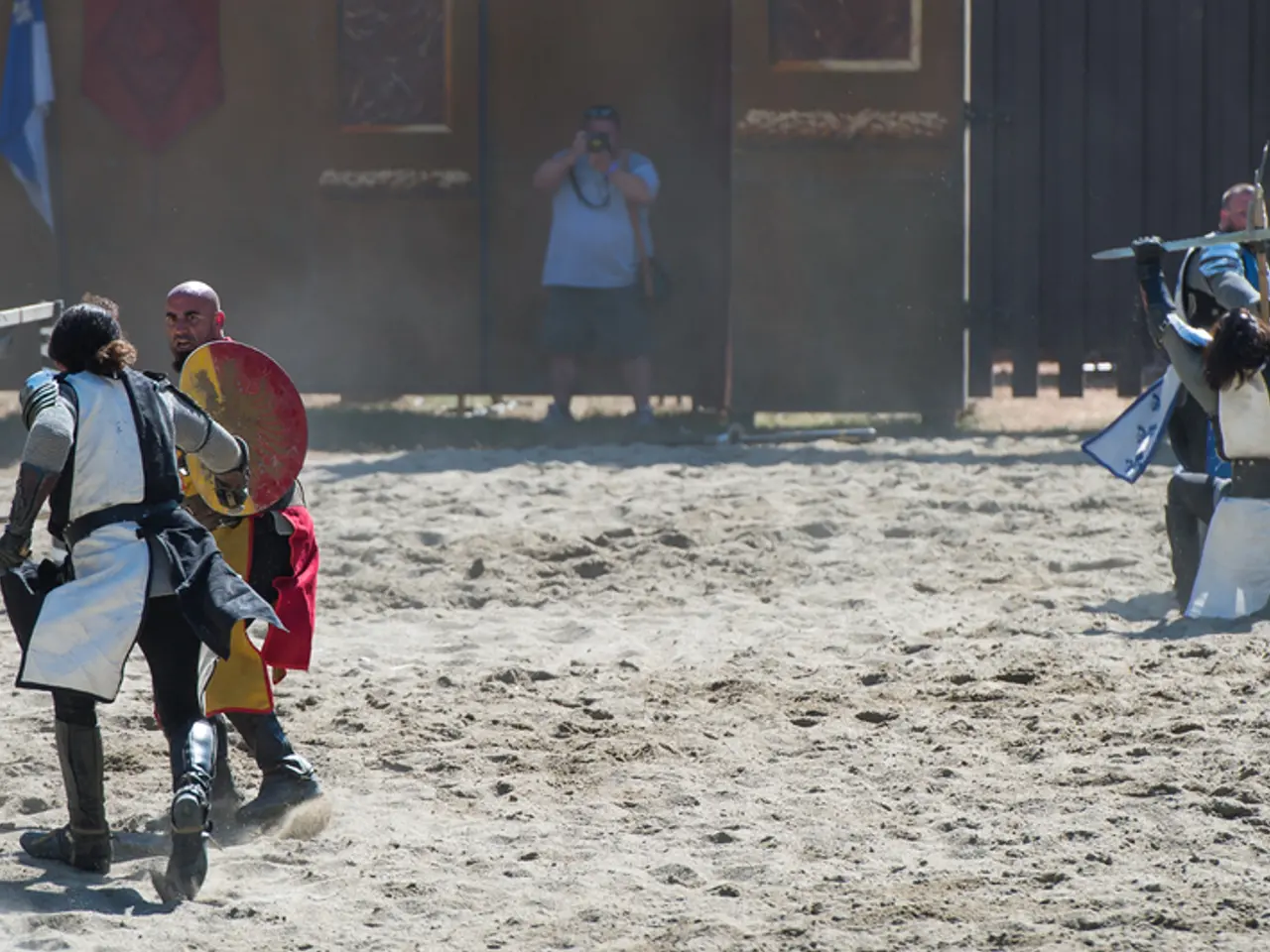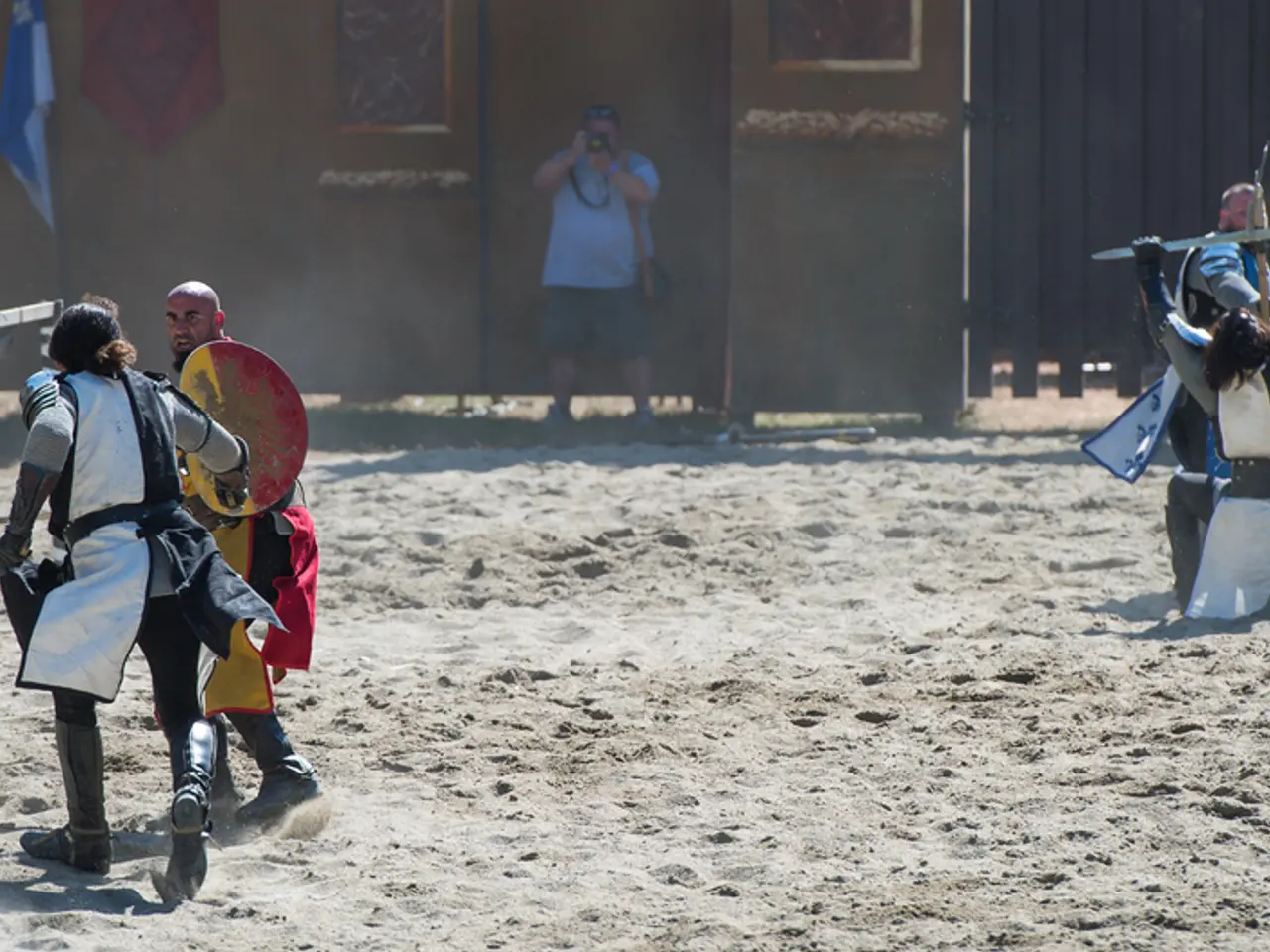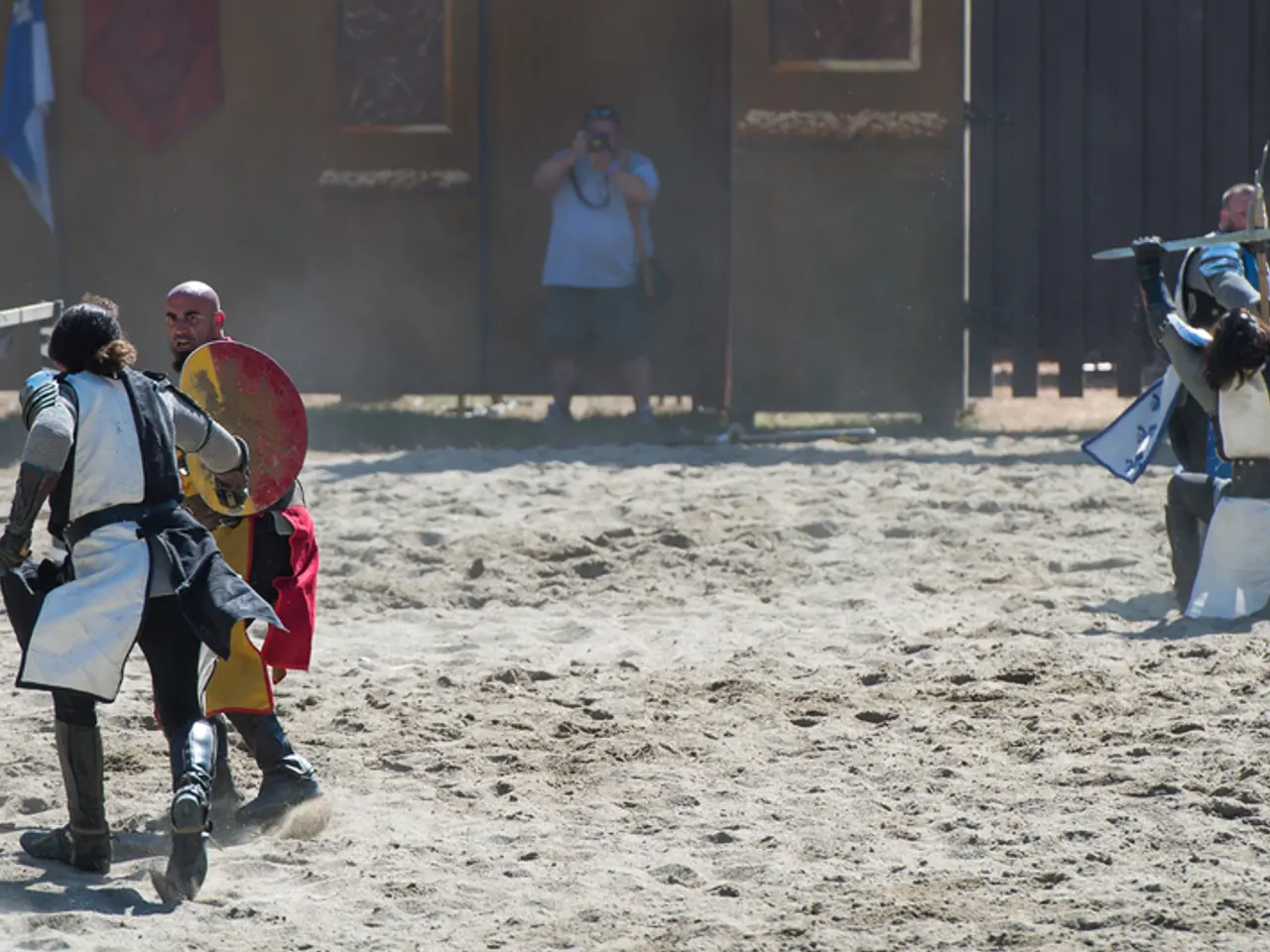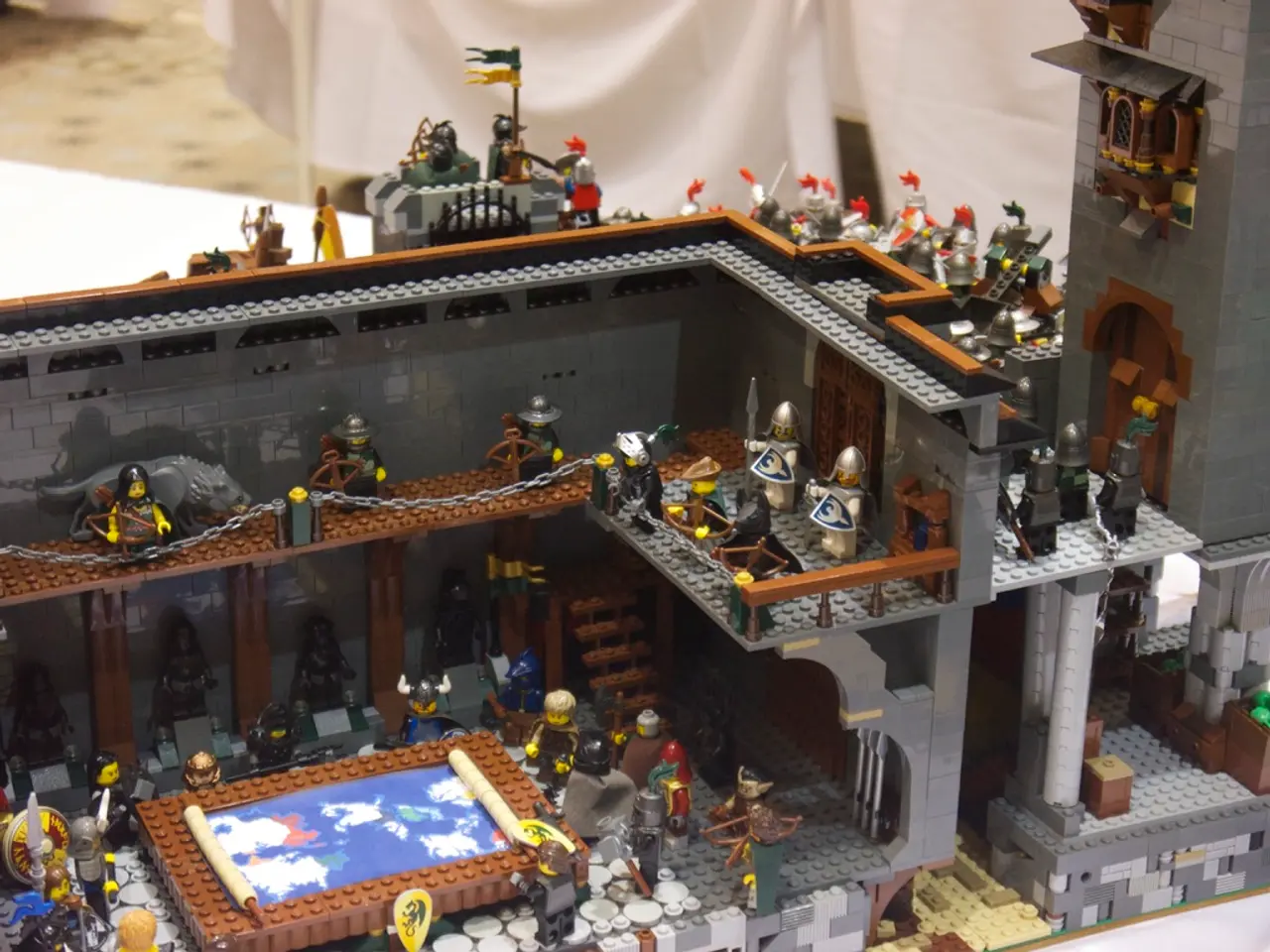Memory's battle versus oblivion: Michael Wood on the significance of place names as guidance to the past
In today's world, tourists can still detect the remnants of Muslim Spain, with landmarks like the Alhambra and Granada's Zacatín Street serving as testaments to a bygone era. Similarly, the history of British place names reveals a fascinating journey through time, reflecting the complex layers of linguistic, cultural, and migratory changes spanning millennia.
This rich tapestry begins with the Celtic (Brittonic) languages, spoken across Great Britain during the Iron Age. The oldest British place names primarily derive from these ancient languages, with roots potentially dating back to the Bronze Age. Many river names and early settlements retain this Celtic substrate, particularly in regions where Celtic languages persisted longest, such as Cornwall and Cumbria.
With the Roman occupation of Britain (1st to early 5th centuries AD), many place names were influenced by Latin, especially where military forts (castra) existed. English towns ending in “-chester,” “-caster,” or “-cester” originate from the Latin word castra, meaning "camp" or "fort," signifying Roman military sites or settlements. For example, places like Manchester and Doncaster trace their names to this Roman heritage.
Anglo-Saxon migrations brought Germanic languages and cultures, profoundly altering the linguistic landscape. Anglo-Saxon place names often contain elements like “-burgh” (fortified place), “-ham” (homestead), or “-ton” (farm or settlement). "Middlesbrough," for instance, comes from Old English elements meaning "middle fortified settlement" and points to an Anglo-Saxon origin with possible early religious significance dating to the 7th or 8th century.
Subsequent Viking and Danish invasions introduced Old Norse linguistic elements, particularly in northern and eastern England (the Danelaw). This Norse influence modified some place names, yet some areas resisted heavy Norse renaming, preserving older English forms.
The Norman Conquest and later medieval developments further influenced place names with French and Middle English overlays, but many original Celtic or Roman roots continued to be passed down, sometimes in highly altered forms due to language shifts, phonetic changes, and linguistic blending over centuries.
Meron Benvenisti, an Israeli writer, historian, and political scientist, provides a poignant example of this historical transformation. His father was a geographer on the Government Names Commission in Israel after 1948, which gave new Hebrew names to over 9,000 natural features, villages, and ruins in Israel. This renaming was linked to Israel's biblical homeland, replacing Arabic names and reshaping the landscape.
The struggle of man against power, as Milan Kundera once said, is the struggle of memory against forgetting. For a Palestinian returning to his ancestral landscape after seven decades away, the changed signposts would make identification of sites of his erstwhile home a daunting task. Benvenisti's story illustrates how place names were used to change an Arab landscape into the modern Israeli state.
References:
- Higham, N. J., & Hill, R. (2003). The origins of England: A new prehistory. Routledge.
- Benvenisti, M. (2002). Sacred Landscape. Verso.
- Higham, C. W. (2001). The Anglo-Saxon settlement of England: A critical review of the evidence. Cambridge University Press.
- Pohl, K. (2008). The Danelaw: The Danish Conquest of England in the Ninth Century. Cambridge University Press.
This article was first published in the July 2025 issue of BBC History Magazine.
In the spirit of Meron Benvenisti's work, political discussions might encompass the impact of renaming procedures on shaping identities and emotional attachments to a particular land, as demonstrated in Israel after 1948. Moreover, the general-news landscape could explore the ways place names reflect historical transitions, such as the shift from Celtic languages to Latin, Germanic languages, and Old Norse, as observed in Great Britain.

